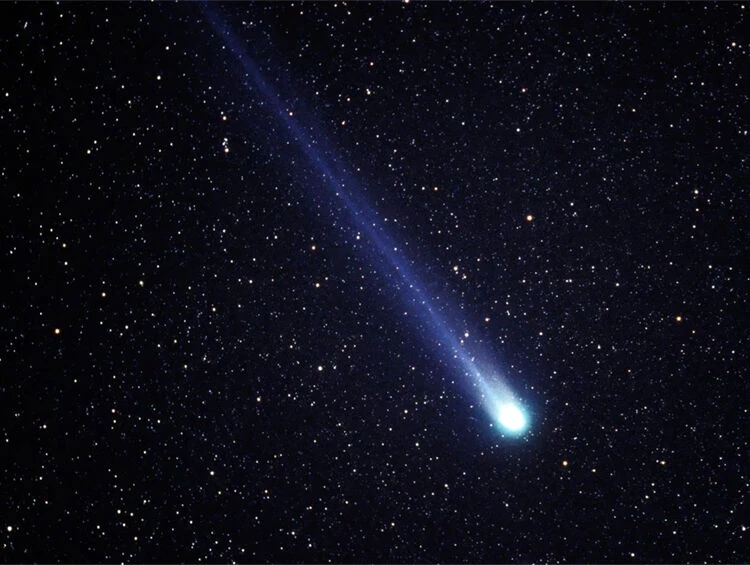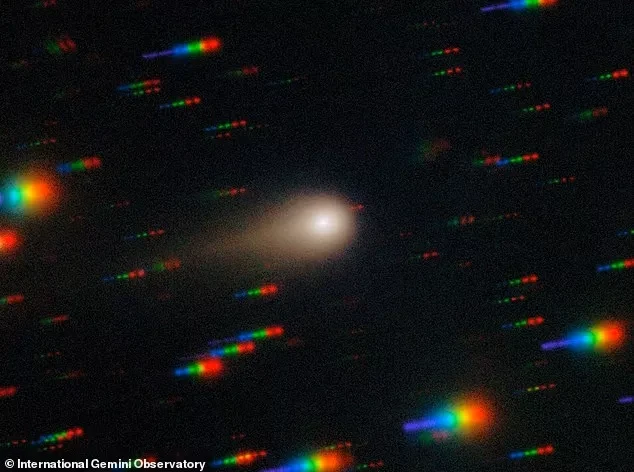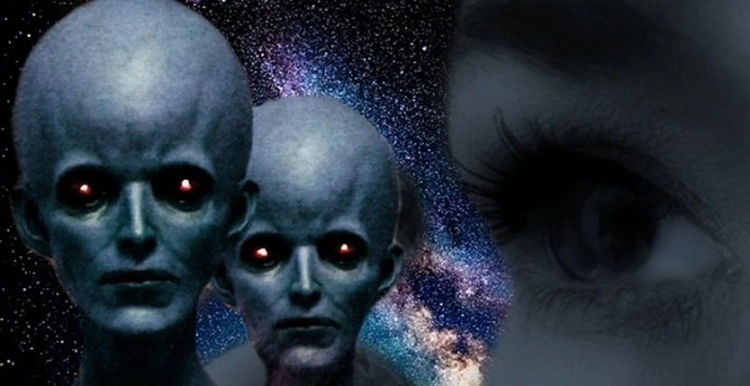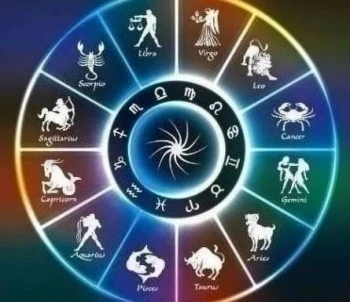
According to the data from the Astronomers Association (VdS), on Wednesday, November 5, at 23:16 local time, the Moon will be at a distance of just 356,400 kilometers from us. For comparison, the average distance to the Moon is over 400,000 kilometers.
Despite this, such a difference may not be as noticeable as it seems. Astronomer Caroline Lifke explains that "for most people, the difference in size between a supermoon and a regular full moon may be hard to distinguish," as reported by dpa.
The Moon, when close to the horizon, appears particularly large, but this is just an illusion. This phenomenon is called the lunar illusion: if you compare photos of the Moon on the horizon and in the high sky, the sizes will be the same — the differences lie only in our perception.
One theory explains it this way: on the horizon, we perceive the Moon in the context of the surrounding landscape — trees, buildings, or mountains. This creates the illusion of a larger size. When the Moon is high in the sky, this depth information is absent, and it appears smaller.
Why is this full moon called the "Beaver Moon"?
In Germany, the November full moon is often referred to as the "Fog Moon," which is related to the typical autumn weather and morning fog. These names were used in the past for timekeeping, long before modern calendars appeared.
In the "Farmer's Almanac," a classic American calendar, the "Beaver" Moon symbolizes the transition to the winter months when nature begins to rest.
Besides the "Beaver" and "Fog" moons, the November full moon is also known as the "Frost Moon," "Wind Moon," "Snow Moon," and "Mourning Moon." The last term is associated with the commemoration of the deceased, which is observed in November.
Astrologer Fi Weber noted in an interview with RTL that these names are linked to characteristic activities in certain seasons — for example, the "Harvest" Moon in September or the "Strawberry" Moon in June. Thus, the names reflect a deep connection with natural cycles.
On November 5, 2025, the "Beaver" supermoon will occur at 16:19 Moscow time. However, to the naked eye, the Moon will appear full throughout the night, as well as the day before and after this event.
This phenomenon can be observed with the naked eye on a clear night, although using binoculars or a telescope will help to see details on the surface of the Moon more clearly.
In addition to the supermoon, several meteor showers will be visible in November. The peak activity of the Southern Taurids is expected on the night of November 4-5, while the Northern Taurids will peak on November 12. During maximum activity, up to five meteors can be seen per hour. One of the features of the Northern Taurids is bright fireballs. The peak activity of the Leonids is expected on November 17-18.






























